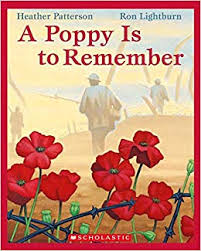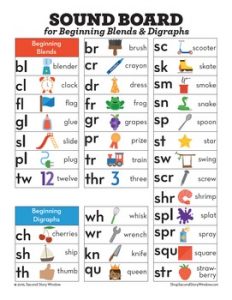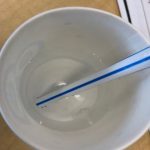Spider Inquiry: Field Trip to SFU’s Biological Sciences Department
When doing inquiry, there are many different resources students can learn from. Yesterday, we discussed how we can learn from books, websites on the internet, experts, and videos, for example. We watched an episode of the Magic School Bus called “Spins a Web” and learned a lot from Ms. Frizzle and her students. Please feel free to watch the video with your child and talk about what they found most interesting. Ask them what other questions come to mind because we want to continue to foster their curiosity. While we cannot ride on Ms. Frizzle’s Magic School Bus, the next best thing is what we have organized for next week! And that is to learn from a spider expert!
We are so very excited to inform you that we will be walking over to SFU’s Biological Sciences Department to participate in some hands-on learning. Students will be working with a couple grad students who are passionate about insects and spiders. They will have an opportunity to see samples, ask more questions, and be curious. Here are the details:
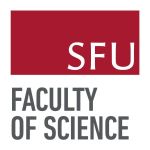
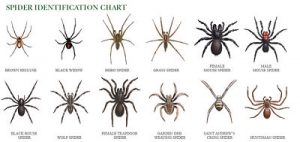 Date: Friday, November 16th, 2018
Date: Friday, November 16th, 2018
Time: 9:30 am – We will be leaving the school shortly after 9:10 am and will return at approximately 11:00 am.
Place: Simon Fraser University’s Biological Sciences Department
Thank you so much to Priscilla’s mom for connecting us with the Faculty of Science to make this walking field trip possible!
